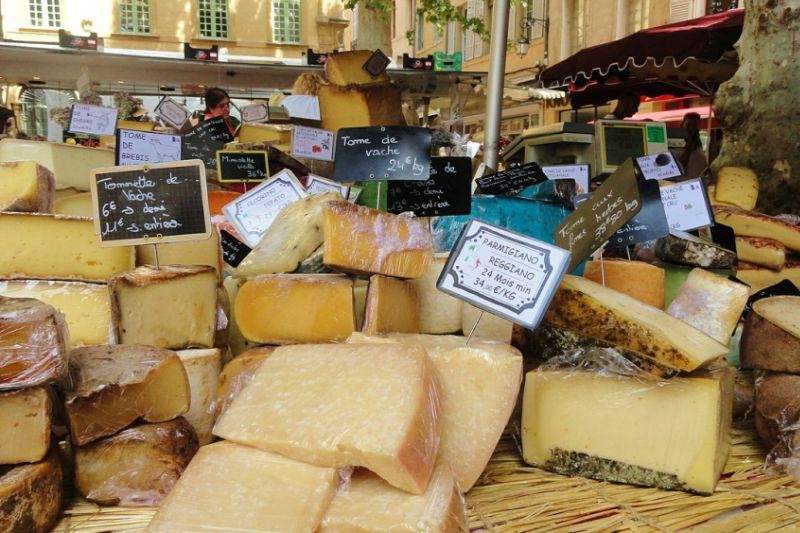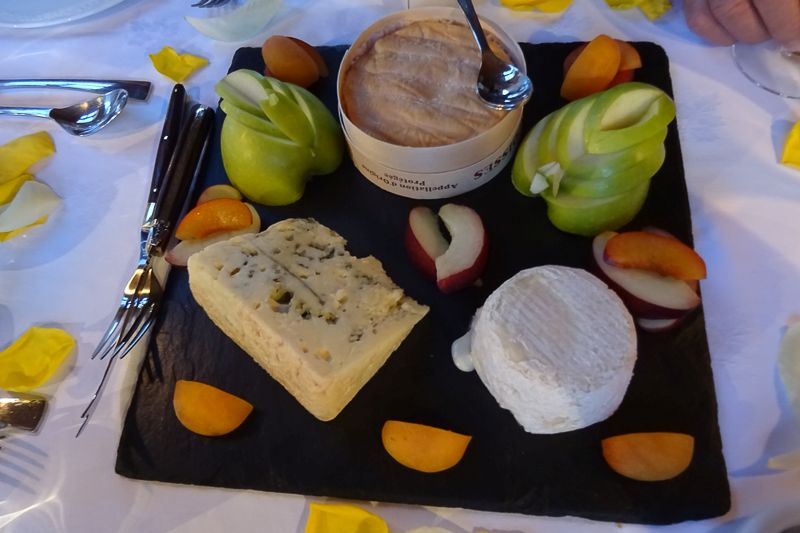The Top 5 French Cheeses for your Dinner Table

“How can you govern a country that produces more than 246 different cheeses?” Charles De Gaulle once complained to a French government official.
We suspect Charles might struggle a little more in modern day France, as it currently produces in excess of 700 varieties of cheese which are held in high regard, along with their world renowned wines.
The production processes of wine and cheese are actually strikingly similar, both are fermented and aged and both have flavours which are based on terroir; including aspects such as dirt, rainfall, topography and exposure to sunlight. Just as with wine, cheese can be awarded the coveted AOC (Appellation d’Origine Contrôlée) status to signify a level of quality, tradition and production standards, and, for the gourmet with budgetary restraints, great cheese is infinitely more affordable than great wine!

The Top 5
Without further ado, here’s our top 5 French cheeses that you’ll want at your dinner table.
Port – Salut is a washed rind, monastery type cheese. Its pâte is smooth and creamy and its flavour can range from mellow to robust. It is an unusual cheese in as much as the Trappists who manufacture it have long kept the production method secret.
Mimolette is a ball-shaped cheese made from pasteurized milk. With a thin, yellowish – brown natural rind and a bright orange interior, the flavour of this cheddar type cheese is intensely fruity.
Pouligny Saint-Pierre is a soft, traditional cheese with a pyramid shape. Its soft, wrinkled, ivory-coloured rind becomes reddish-orange with age, contrasting with its firm, white grainy pâte. The cheese has a complex, nutty flavour and a creamy texture.
Banon is a flat, wheel shaped cheese made from unpasteurized milk. It ranges from firm and mild to soft, creamy, and tart. To form the cheese, it is wrapped in Chestnut leaves and tied with raffia, which keeps the cheese young and moist, imbibing it with a lemony taste. As Banon ages, blue and grey moulds and yeasts will grow on and under the leaves.
Chaource is round in shape, soft in texture and similar to Camembert. It can be eaten both young and mature, though with a bitter rind, and a sharp, piquant interior slightly reminiscent of mushrooms it is an acquired taste!
 French
French
 English
English Spanish
Spanish German
German Norwegian
Norwegian Portuguese
Portuguese Swedish
Swedish Italian
Italian Russian
Russian Simplified Chinese
Simplified Chinese Japanese
Japanese